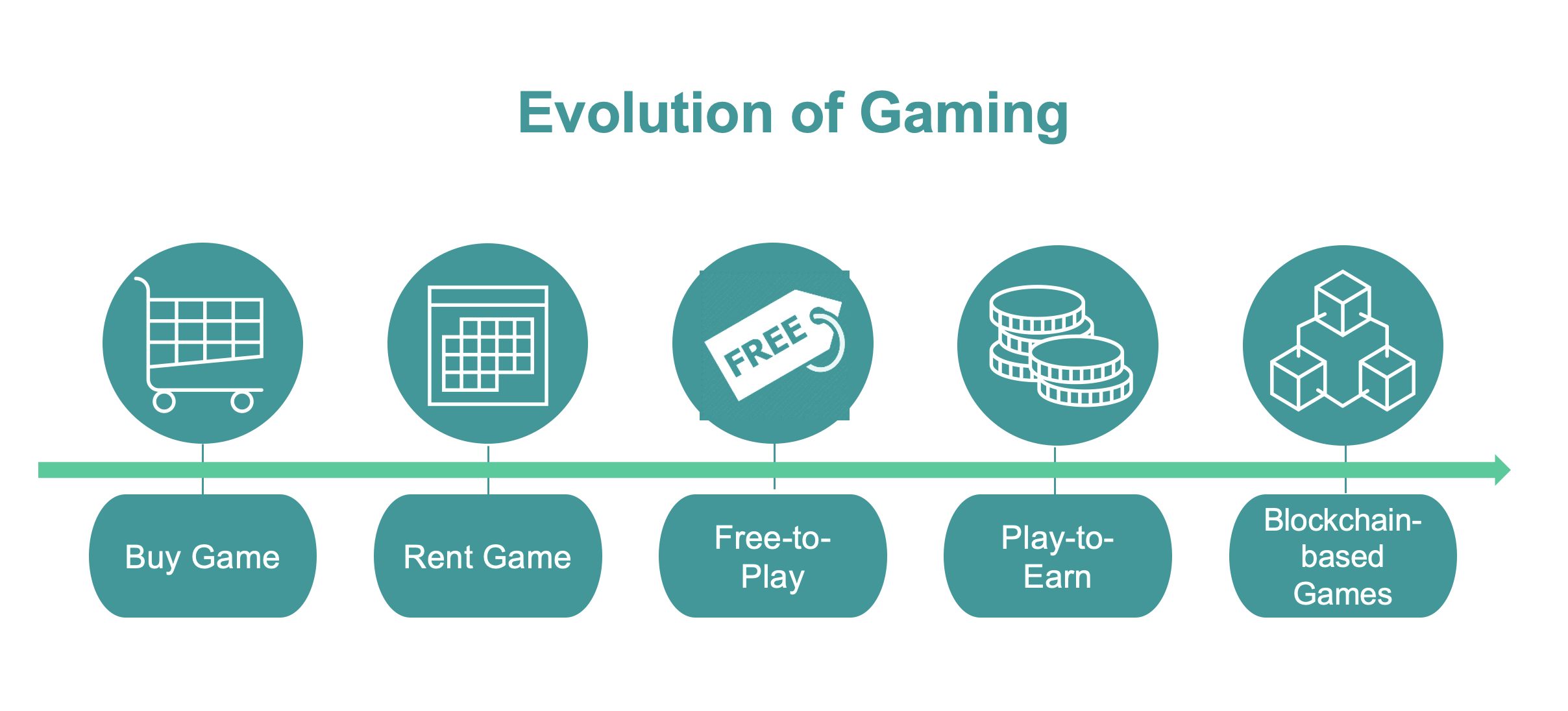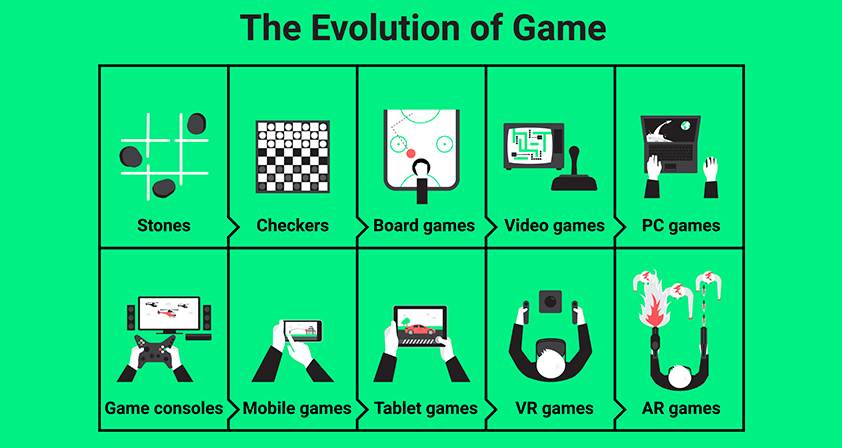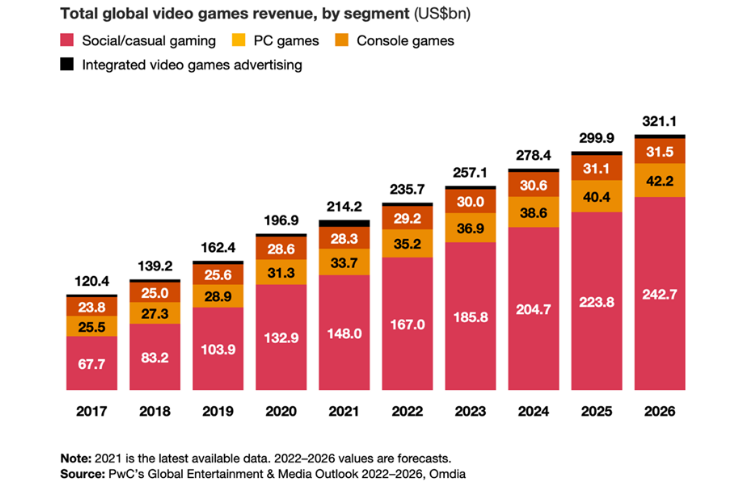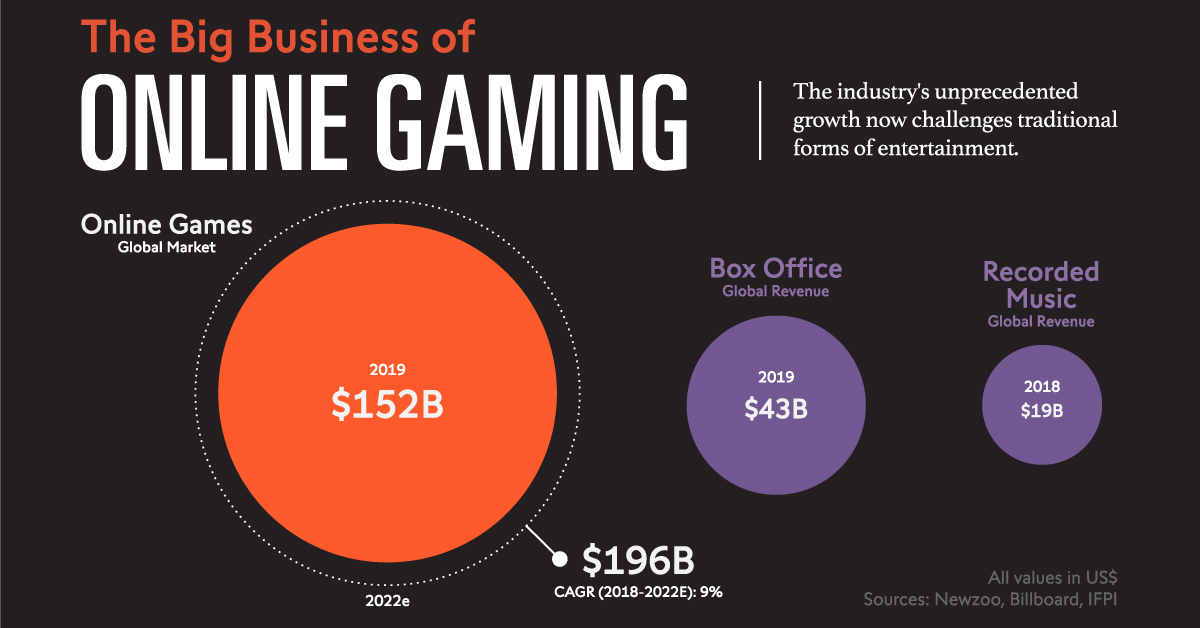The Evolution Of Online Gaming: A Look At Free-to-Play In 2025
The Evolution of Online Gaming: A Look at Free-to-Play in 2025
Related Articles: The Evolution of Online Gaming: A Look at Free-to-Play in 2025
Introduction
With enthusiasm, let’s navigate through the intriguing topic related to The Evolution of Online Gaming: A Look at Free-to-Play in 2025. Let’s weave interesting information and offer fresh perspectives to the readers.
Table of Content
The Evolution of Online Gaming: A Look at Free-to-Play in 2025

The landscape of online gaming is perpetually evolving, with new technologies and trends reshaping the industry at an accelerated pace. One of the most prominent developments in recent years has been the rise of free-to-play (F2P) games, which have become a dominant force in the gaming market. While the term "online games zadarmo" may be specific to a particular language or region, it essentially translates to "free-to-play online games," highlighting the concept of accessibility and affordability that has become a cornerstone of modern gaming.
This article aims to delve into the potential state of free-to-play gaming in 2025, exploring the key factors shaping its evolution, the benefits it offers to players, and the challenges it faces.
The Driving Forces Behind Free-to-Play Growth
Several key factors have contributed to the widespread adoption of free-to-play models:
-
Accessibility: Free-to-play games remove the financial barrier to entry, allowing players to experience a wide range of games without upfront costs. This accessibility has opened the doors to a vast new audience, particularly those who may not have been able to afford traditional, pay-to-play games.
-
Mobile Gaming Revolution: The proliferation of smartphones and tablets has fueled the growth of mobile gaming, and the F2P model has become the dominant business model in this space. The ease of access and convenient gameplay offered by mobile devices have made F2P games a natural fit for this platform.
-
Microtransactions and Monetization: F2P games generate revenue through microtransactions, allowing players to purchase in-game items, currency, or other enhancements. This model has proven remarkably successful, creating a sustainable revenue stream for game developers.
-
Community and Engagement: Free-to-play games often emphasize community features and social interactions, encouraging players to engage with each other and build lasting connections. This fosters a sense of belonging and encourages players to invest time and effort in the game.
-
Constant Evolution: F2P games often receive regular updates and expansions, introducing new content, features, and gameplay mechanics. This constant evolution keeps players engaged and invested in the long term, fostering a sense of anticipation and excitement for new additions.
Benefits of Free-to-Play Games
The widespread adoption of free-to-play models has brought several benefits to both players and the gaming industry:
-
Increased Accessibility: F2P games have democratized gaming, making it accessible to a much wider audience regardless of their financial situation. This has broadened the appeal of gaming and fostered a more inclusive and diverse gaming community.
-
Reduced Risk for Developers: Free-to-play models allow developers to test new ideas and concepts with minimal financial risk. This has encouraged experimentation and innovation, leading to the creation of a wider variety of games.
-
Enhanced Player Engagement: The monetization strategies employed in F2P games, such as in-game events and challenges, can incentivize players to spend more time engaged with the game. This can lead to increased player retention and a more vibrant gaming community.
-
Diverse Monetization Strategies: The F2P model allows for a variety of monetization strategies, ranging from cosmetic items to gameplay enhancements. This flexibility enables developers to cater to different player preferences and maximize revenue potential.
Challenges Facing Free-to-Play Games
Despite its many benefits, the F2P model also faces certain challenges:
-
Pay-to-Win Concerns: Some F2P games have been criticized for their "pay-to-win" mechanics, where players who spend money can gain a significant advantage over those who do not. This can create a sense of unfairness and discourage players from engaging with the game.
-
Monetization Strategies and Player Perception: The implementation of microtransactions and monetization strategies requires careful consideration to avoid alienating players. Excessive or intrusive monetization practices can lead to negative player perception and damage the game’s reputation.
-
Balancing Gameplay and Monetization: Striking a balance between engaging gameplay and monetization is crucial for the success of F2P games. Developers must ensure that monetization strategies do not detract from the core gameplay experience.
-
Competition and Saturation: The F2P market is highly competitive, with a constant influx of new games vying for player attention. This can make it challenging for individual games to stand out and attract a dedicated player base.
The Future of Free-to-Play Gaming in 2025
Looking ahead to 2025, the free-to-play model is expected to continue its dominance in the gaming industry. Here are some key trends that may shape the future of F2P gaming:
-
Continued Growth in Mobile Gaming: Mobile gaming will continue to be a major driver of F2P game growth, with developers focusing on creating engaging and innovative experiences for mobile devices.
-
Emergence of New Monetization Models: New monetization models, such as subscription services and in-game advertising, may become more prevalent in F2P games, offering alternative revenue streams beyond traditional microtransactions.
-
Focus on Player Experience: Developers will place a greater emphasis on creating compelling and engaging gameplay experiences, recognizing that player satisfaction is crucial for long-term success.
-
Increased Emphasis on Community and Social Features: F2P games will continue to prioritize community features and social interactions, fostering a sense of belonging and encouraging player engagement.
-
Advancements in Technology: Technological advancements, such as cloud gaming and artificial intelligence, will create new opportunities for F2P games, enabling more immersive and personalized gaming experiences.
FAQs about Free-to-Play Games
Q: Are free-to-play games really free?
A: While free-to-play games do not require an upfront payment, they often generate revenue through microtransactions, allowing players to purchase in-game items, currency, or other enhancements.
Q: Are free-to-play games pay-to-win?
A: Not all free-to-play games are pay-to-win. However, some games have been criticized for their monetization strategies, which can give players who spend money a significant advantage over those who do not.
Q: How do free-to-play games make money?
A: Free-to-play games generate revenue through microtransactions, allowing players to purchase in-game items, currency, or other enhancements. Some games also utilize in-game advertising or subscription services.
Q: What are the benefits of free-to-play games?
A: Free-to-play games offer increased accessibility, reduced risk for developers, enhanced player engagement, and diverse monetization strategies.
Q: What are the challenges facing free-to-play games?
A: Free-to-play games face challenges such as pay-to-win concerns, monetization strategies and player perception, balancing gameplay and monetization, and competition and saturation.
Tips for Enjoying Free-to-Play Games
-
Set a Budget: Decide how much money you are willing to spend on in-game purchases and stick to your limit.
-
Research the Game: Before starting a new F2P game, research its monetization strategies and player reviews to ensure it aligns with your preferences.
-
Focus on Gameplay: Prioritize enjoying the core gameplay experience and avoid feeling pressured to spend money.
-
Engage with the Community: Join online forums or communities to connect with other players, share tips, and stay informed about the game.
-
Take Breaks: Avoid spending excessive amounts of time playing F2P games and ensure you maintain a healthy balance between gaming and other activities.
Conclusion
Free-to-play games have become a dominant force in the gaming industry, offering accessibility, diverse monetization models, and engaging gameplay experiences. As technology continues to evolve and player expectations shift, the F2P model will continue to adapt and innovate. While challenges remain regarding pay-to-win mechanics and monetization strategies, the future of free-to-play gaming holds immense potential for growth and innovation, shaping the future of the gaming landscape for years to come.








Closure
Thus, we hope this article has provided valuable insights into The Evolution of Online Gaming: A Look at Free-to-Play in 2025. We thank you for taking the time to read this article. See you in our next article!
You may also like
Recent Posts
- The Evolving Landscape Of Online Gaming In 2025: A Look At Emerging Trends And Innovations
- The Evolving Landscape Of Online Gaming On PS4 In 2025: A Glimpse Into The Future
- The Evolving Landscape Of Free Online Gaming: A Look Into Microsoft’s Vision For 2025
- The Evolution Of Online Slots: Exploring The Landscape Of Free Play In 2025
- The Enduring Charm Of 8-Bit: Exploring Online Retro Gaming In 2025
- The Evolving Landscape Of Free Virtual Games: A Glimpse Into 2025
- The Evolving Landscape Of Online Two-Player Games For Kids: A Look At 2025
- Wordplay In The Digital Age: Exploring The Evolution Of Online Word Games In 2025
Leave a Reply